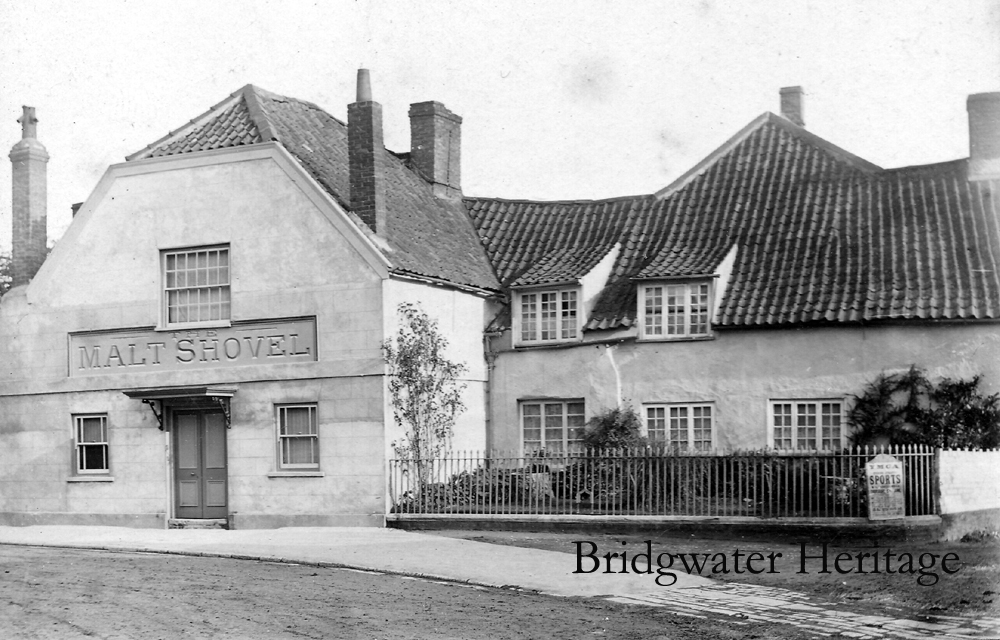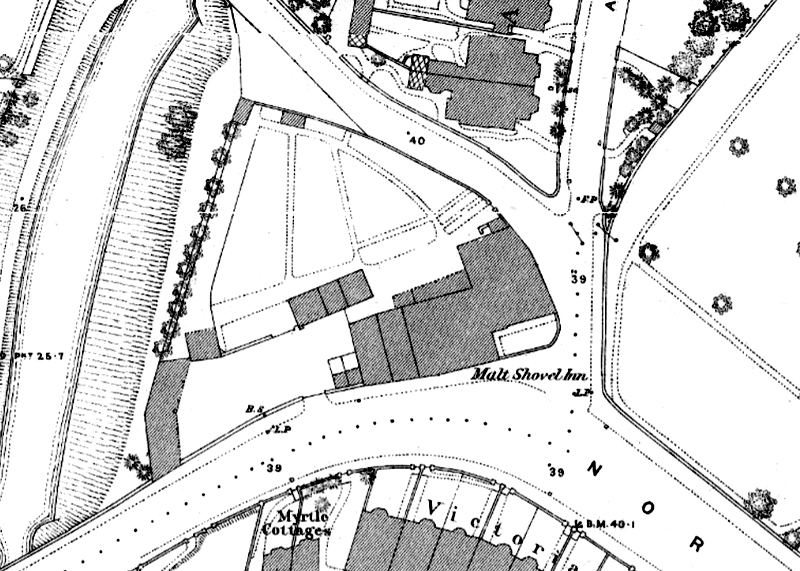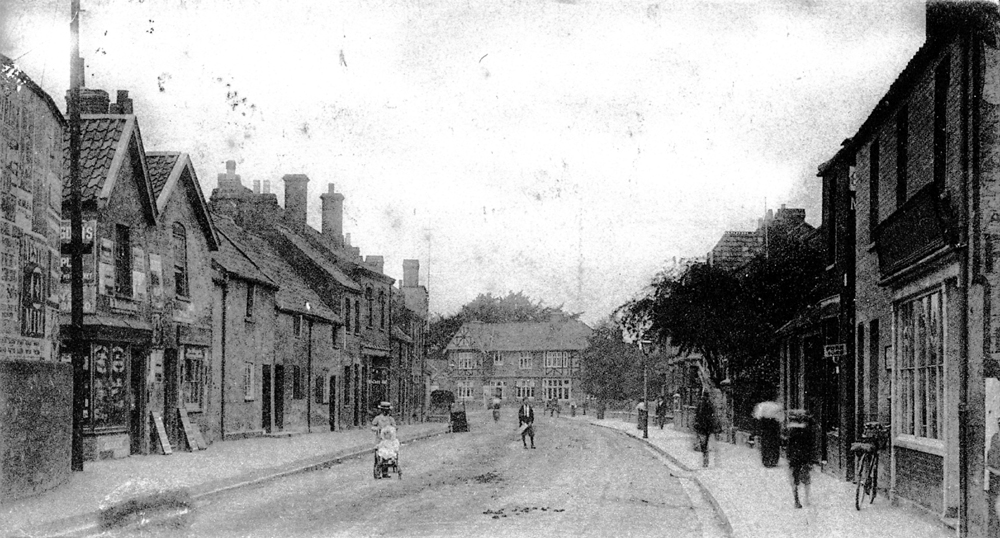

The Malt Shovel is now, after the Fountain, the oldest pub (keeping its original name) in Bridgwater.* The name was probably adopted from the practice of hanging of an actual malt shovel outside the building, a traditional indication to a semi-literate society that beer could be purchased within.
Unfortunately, the how long the Malt Shovel has existed for certain is unclear. The building photographed above is of a considerable age, part seemingly early to mid-eighteenth century, but with a much older cottage core. Part of the problem is that it was on land that was once outside of Bridgwater, so outwith the town’s jurisdiction, and hence record keeping. It seems to be first mentioned in the town’s 1785 Rate Book, with Francis Poole the licensee (David Williams, Bridgwater Inns Past & Present, p.67). The building shown here is certainly older than this, although whether the pub/inn is much older is unclear.
On 14 February 1811, the Taunton Courier and Western Advertised listed ‘A Dwelling House or Inn, called the Malt Shovel, with the garden thereto adjoining,’ in Bridgwater, was to be sold at auction.
In 1828, the Will of Charles White, butcher, mentions the ‘dwelling house with barton and garden called The Malt Shovel, Bridgwater’. Interestingly the will’s executor was a Robert Poles of Bridgwater, innholder (Somerset Heritage Centre DD/ED/1830/266). At this time the Malt Shovel was largely isolated, Bridgwater only extending to partway up North Street. In the 1840s the canal was cut to the west of the property. By 1888 the Malt Shovel was owned by Starkey Knight and Ford brewers (A/BUG/1/26/3).
The building pictures here is cleanly rendered, with imitation stonework cut into the render on the frontage. In form, that portion of the frontage is possibly early to mid-eighteenth century, judging by the windows and overall form, although it is very hard to say with any certainty. The cottage portion set back from the street is probably the older part of this building and was probably once thatched. The threshold shows much more ware than the rest of the building.

A plan of the building from the 1888 OS map, combined with the photograph, shows that the building seems to have had the long central cottage, from which two large blocks were added, creating a ‘Z’ plan. In the photograph those blocks can be seen with the higher rooflines.
An earlier photograph, taken in about 1865 (see Squibbs’ history, no.12) shows this building without the large ‘MALT SHOVEL’ sign, curved tops to both door and upper window, older windows in the ground floor, and an older wall wand fence around the cottage garden. The larger window on the cottage portion of the building appears to have once been a door. Finally, in the time between these two pictures the roofline along the gable was renewed.
This building was demolished in 1903, and the present building erected on the site by the end of 1904, although the old stables near the canal are still standing. The Western Daily Press of 21 August 1903 noted that the Borough Council paid £100 for a portion of the land, to be used for road-widening. The Malt Shovel was described as ‘now being rebuilt’ by Starkey Knight and Ford.


*The only other contender would have been the White Lion in the High Street, which is very old, although the name changed several years ago.
